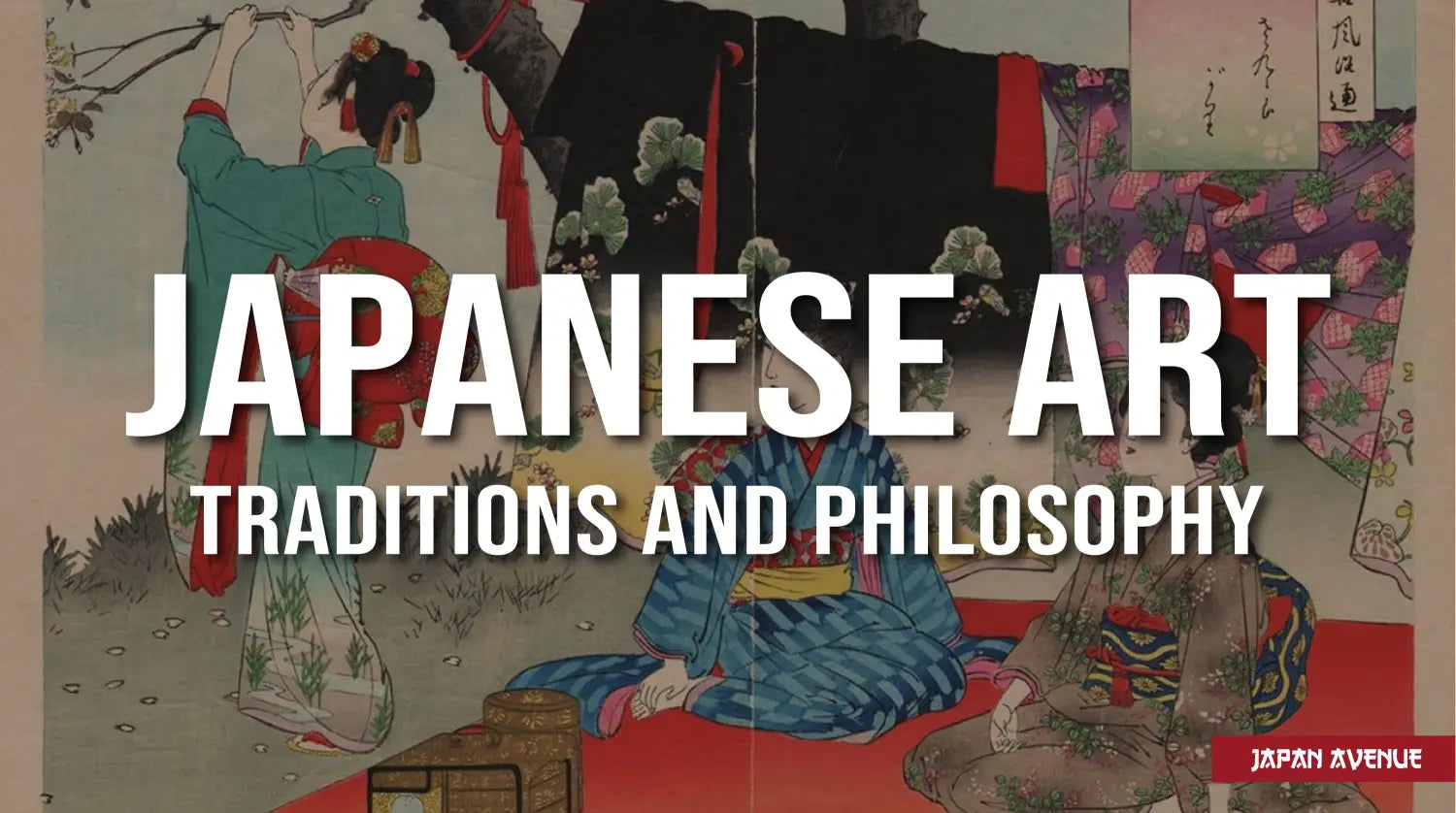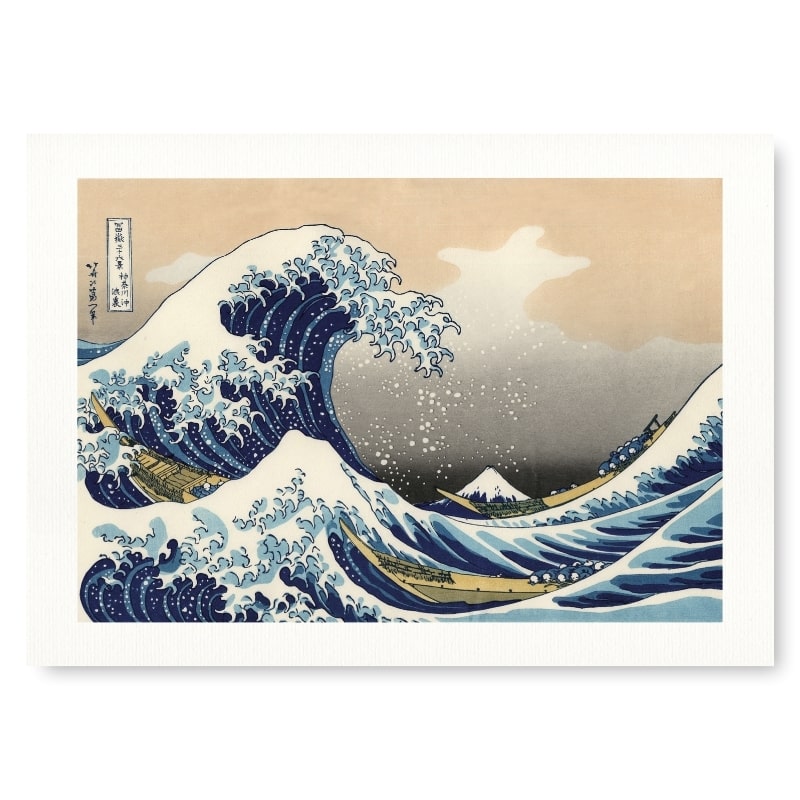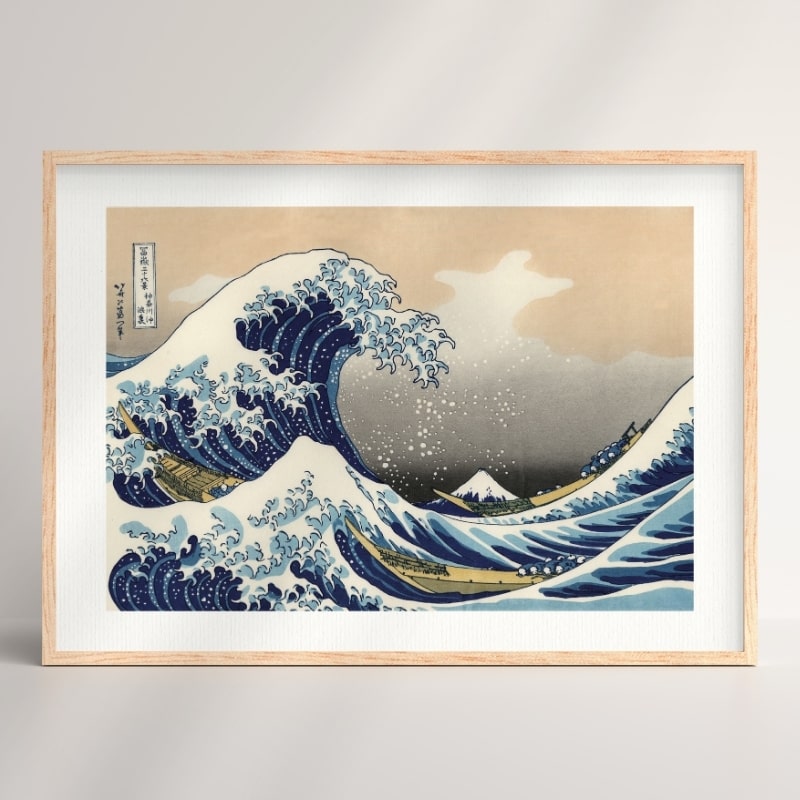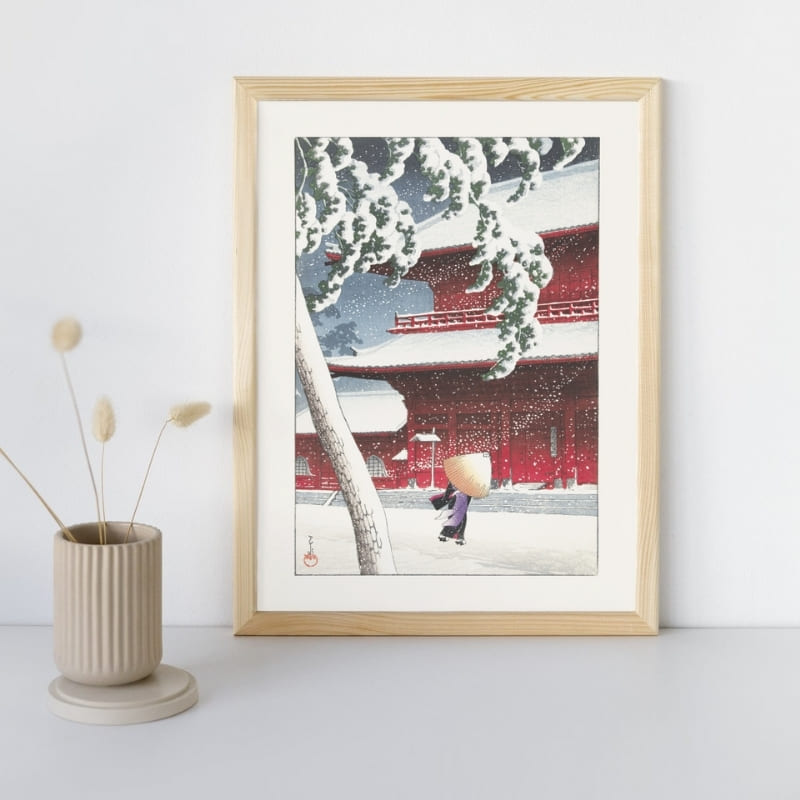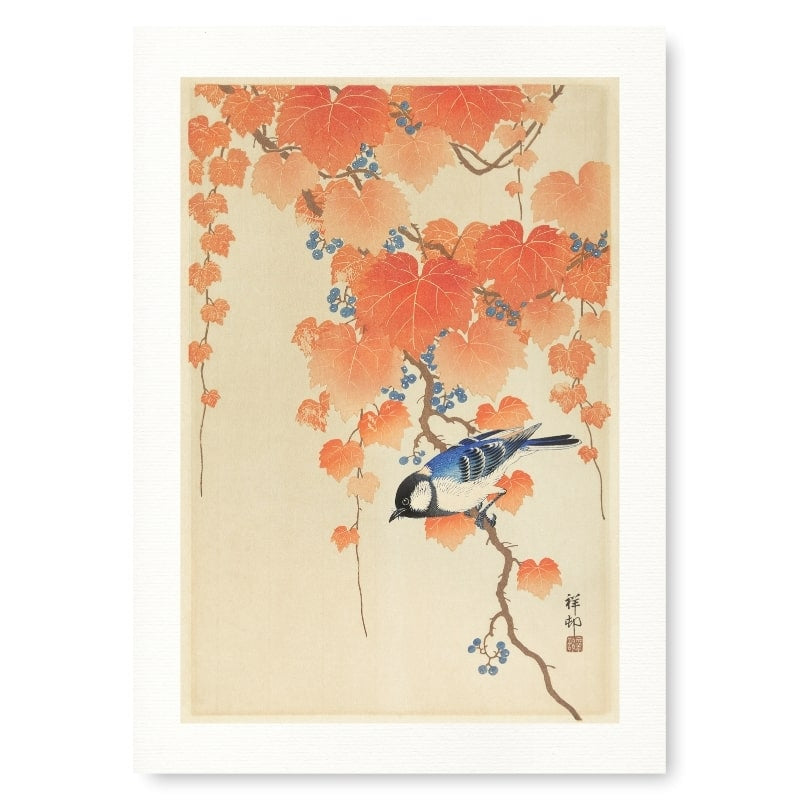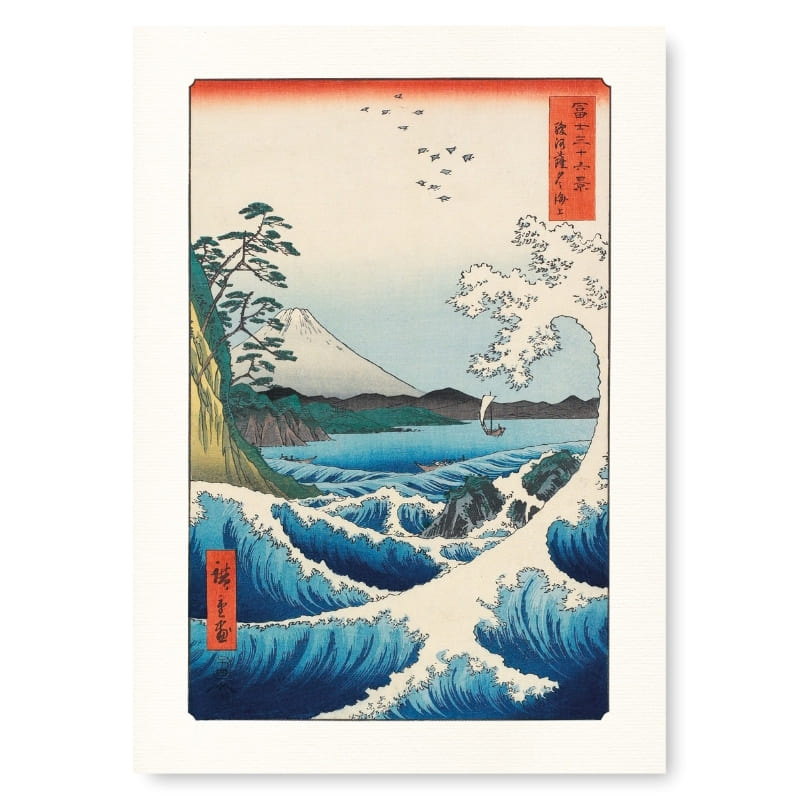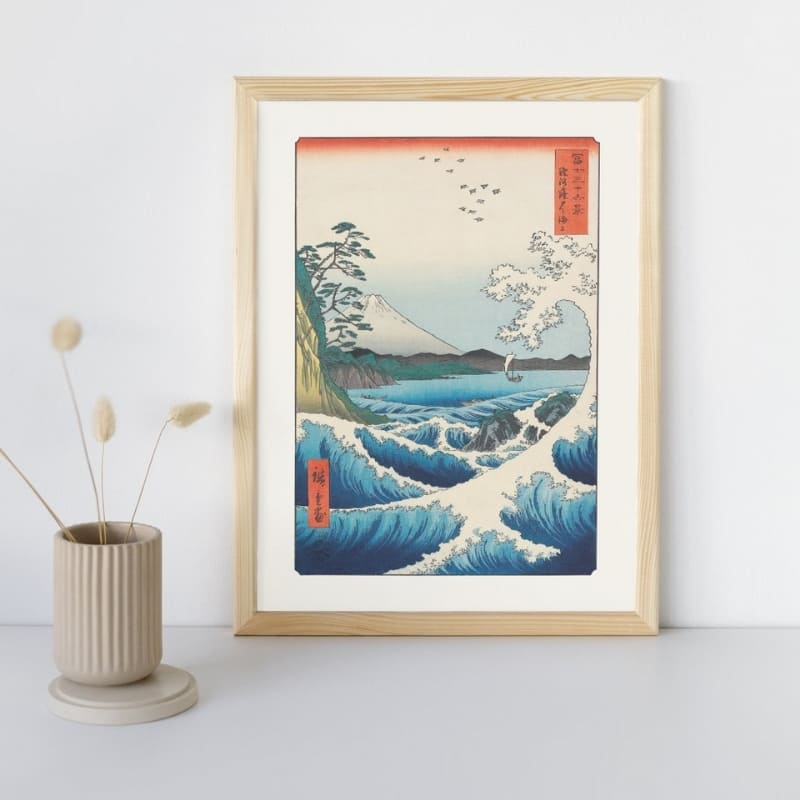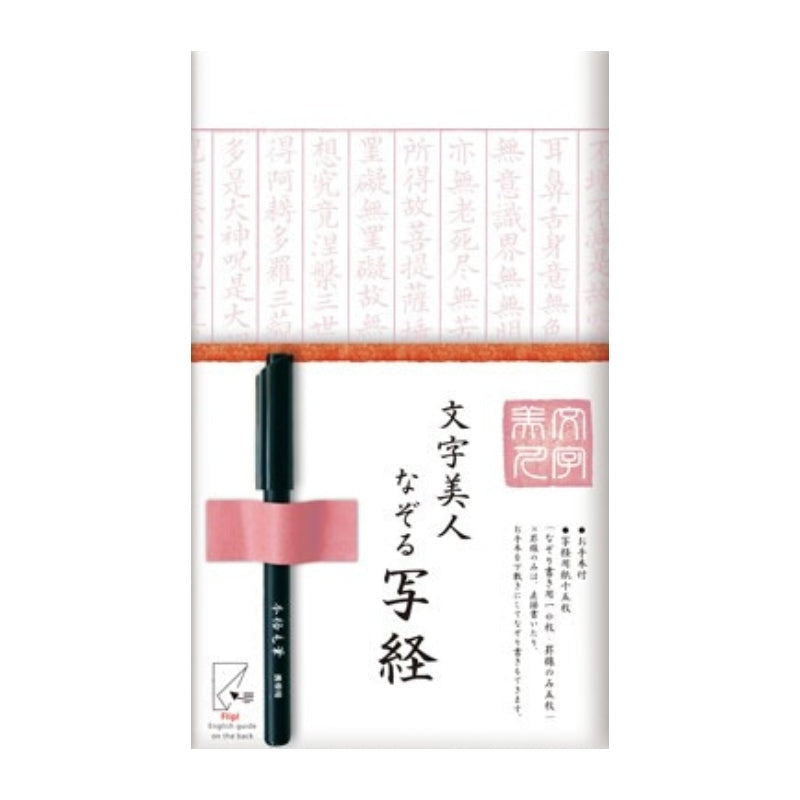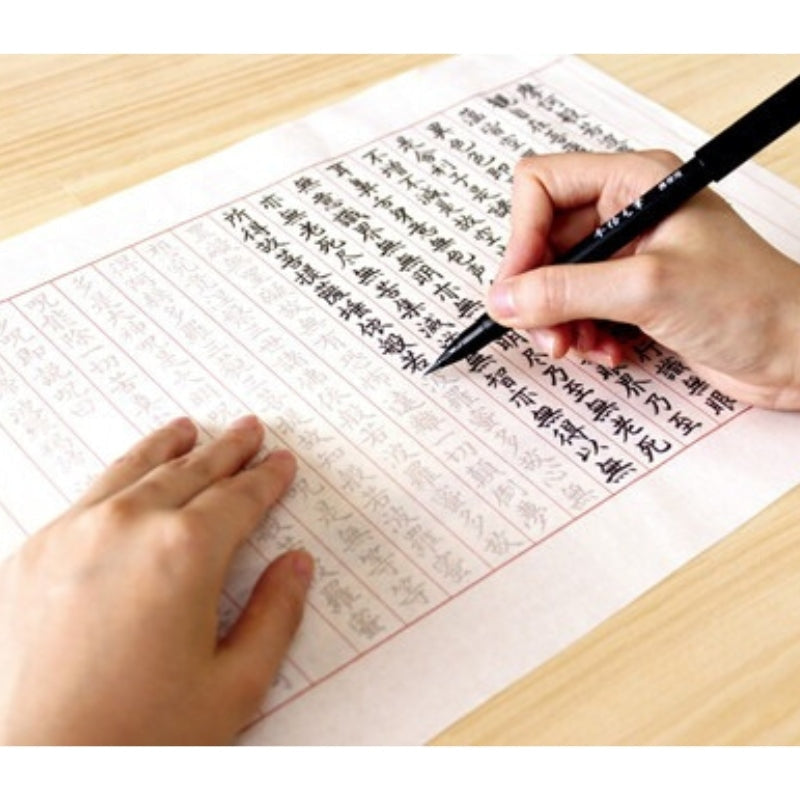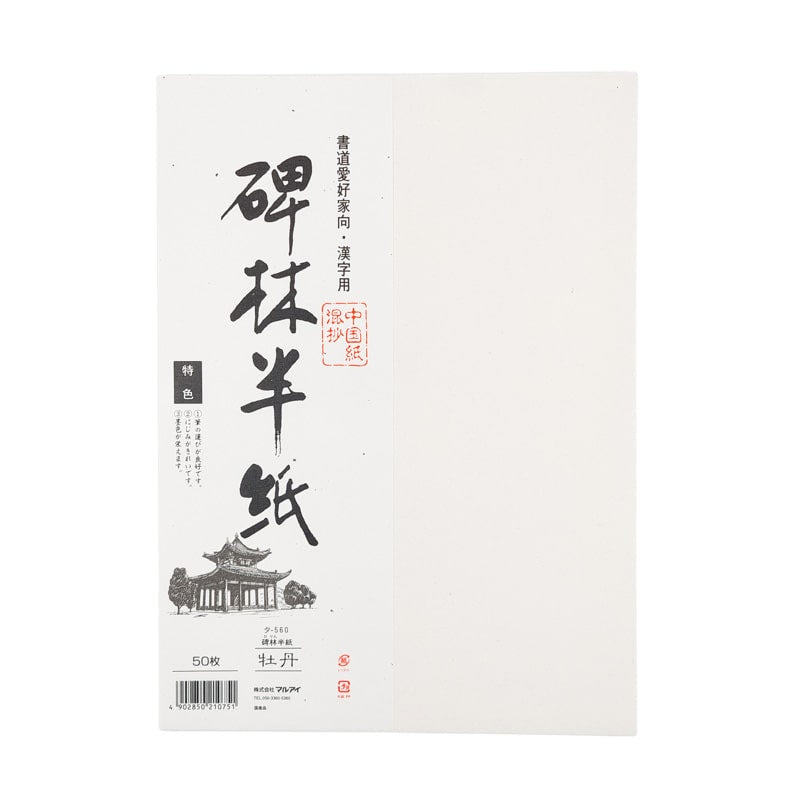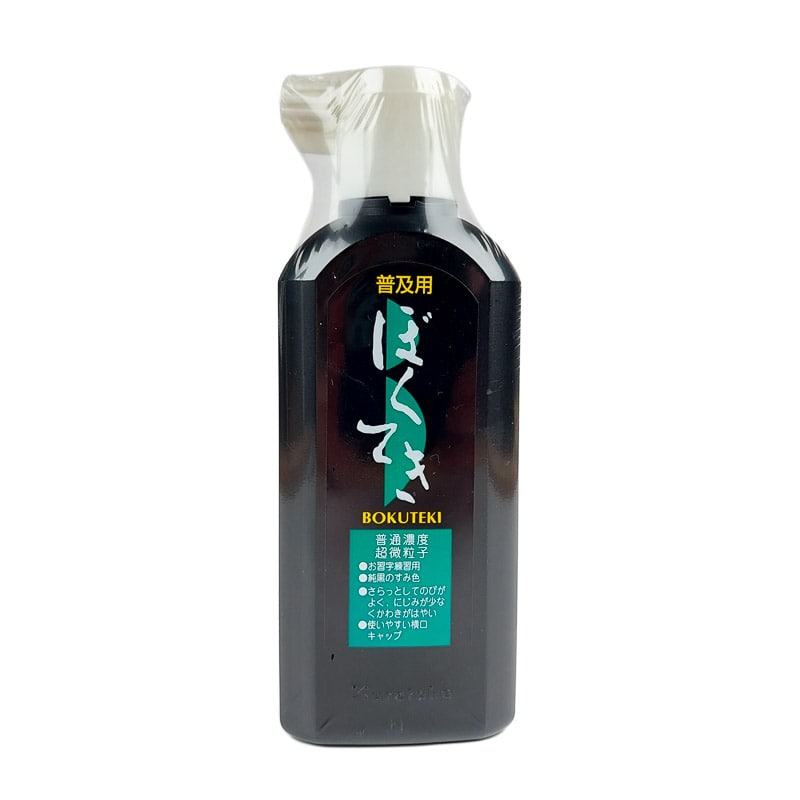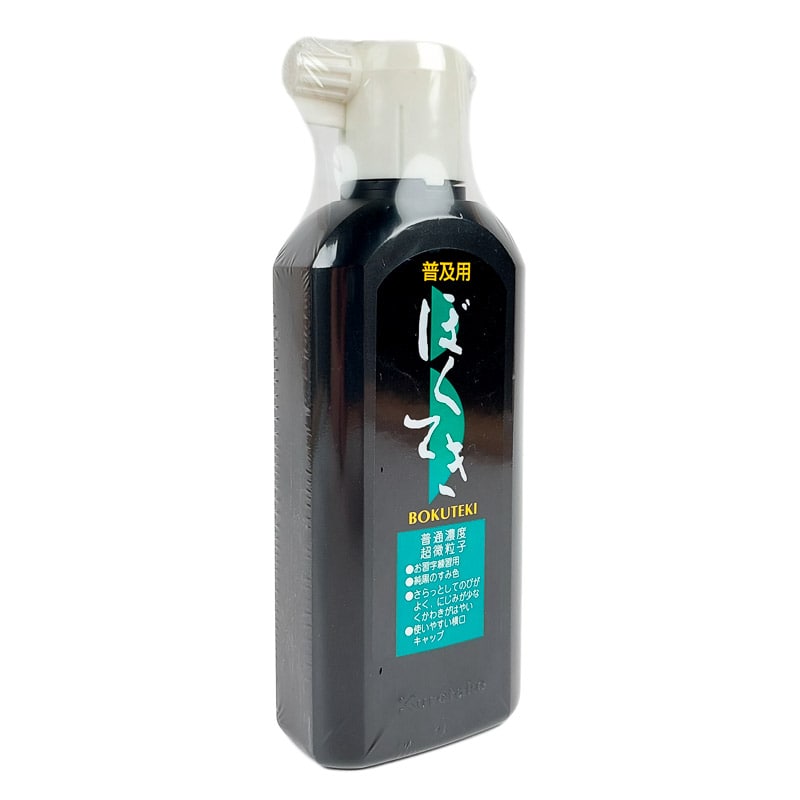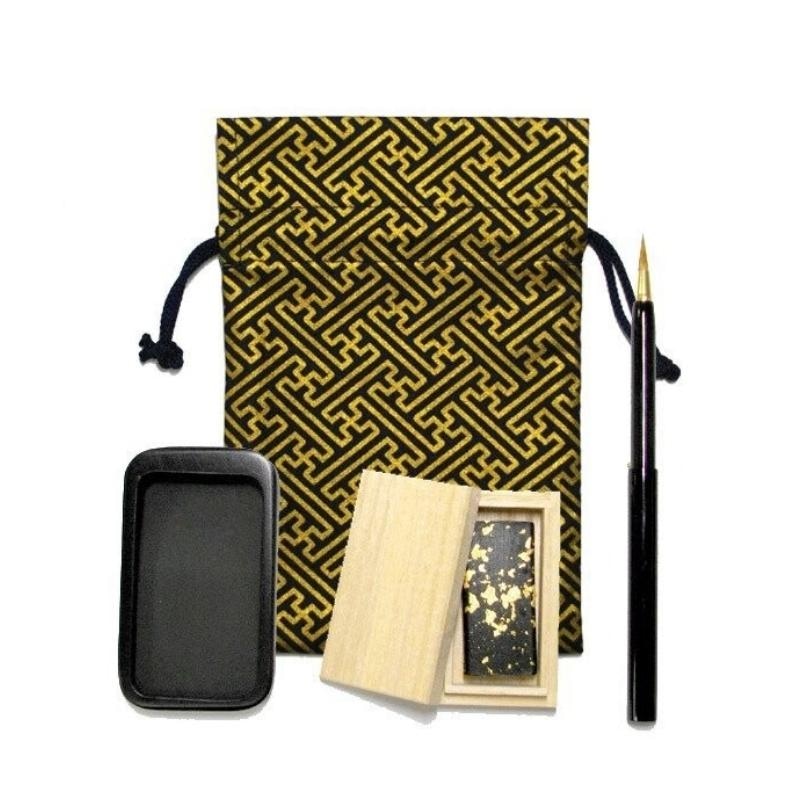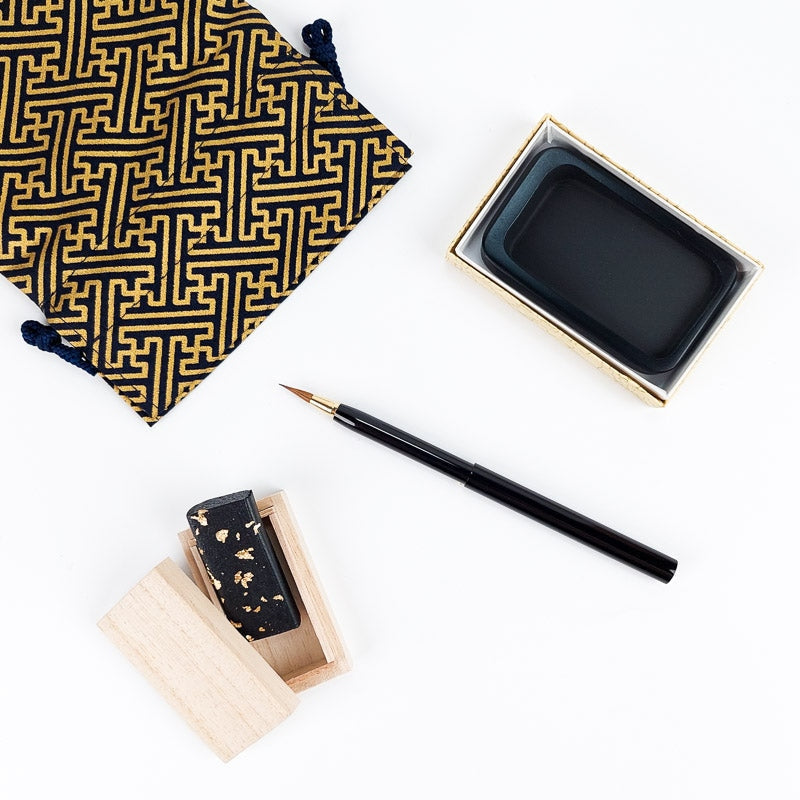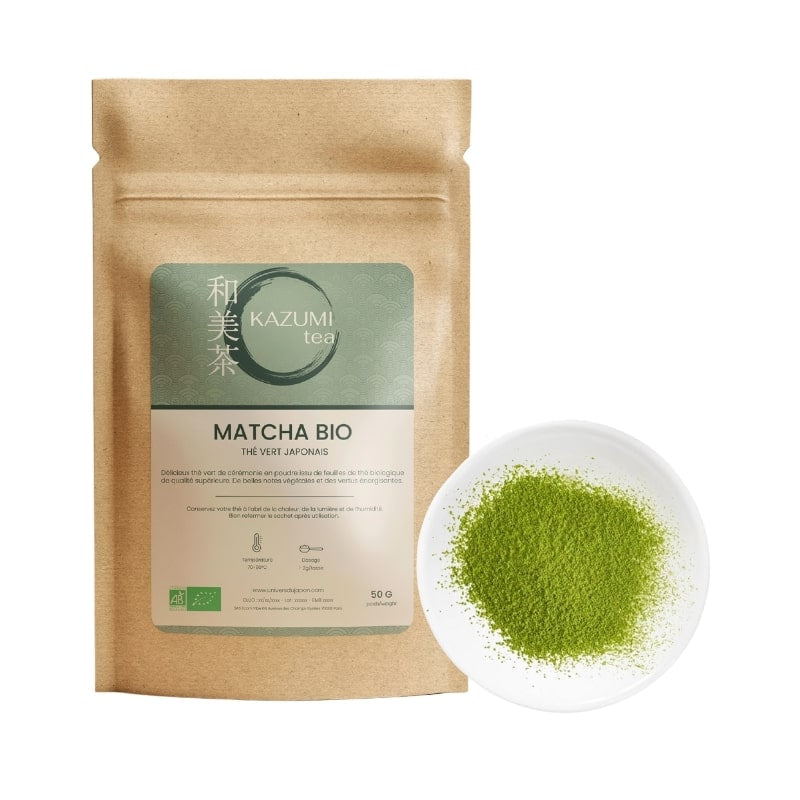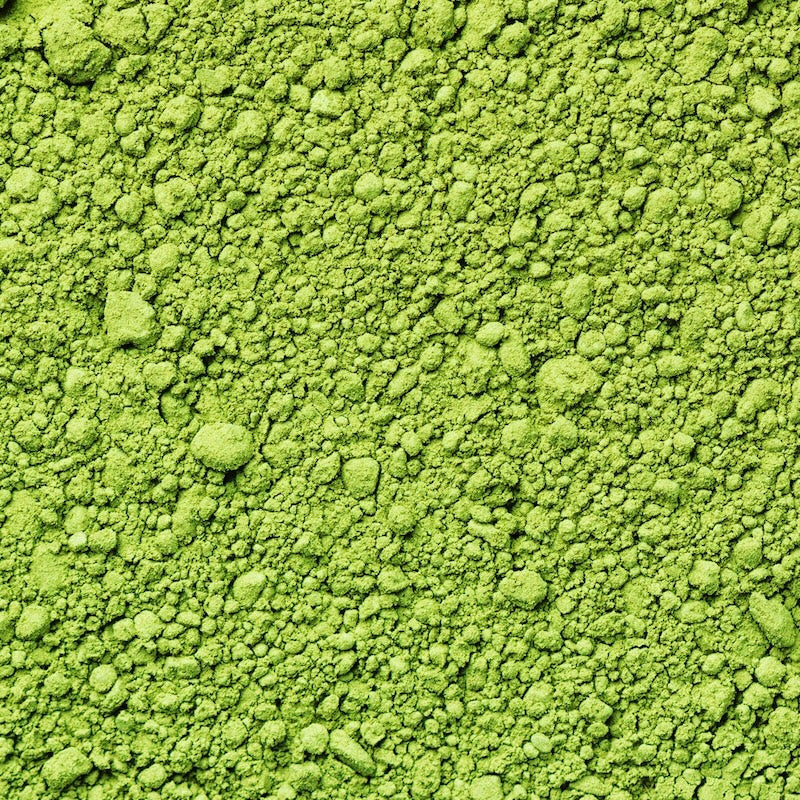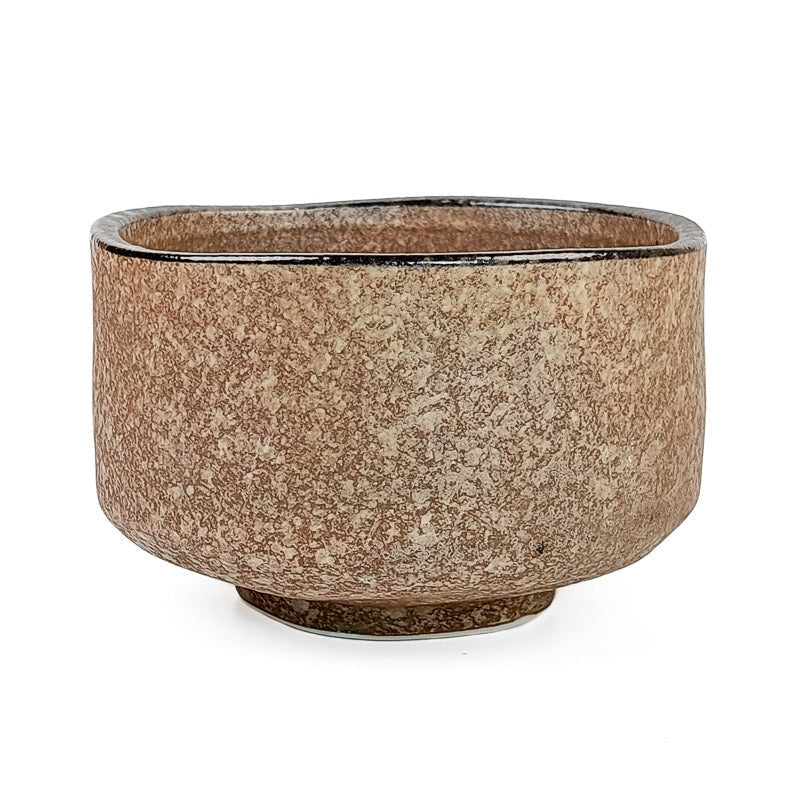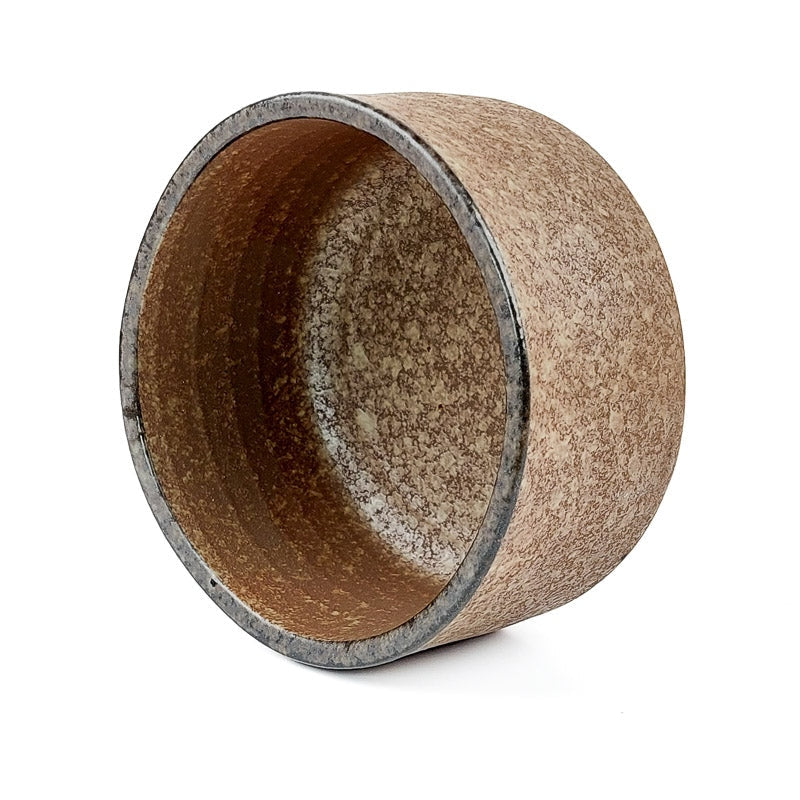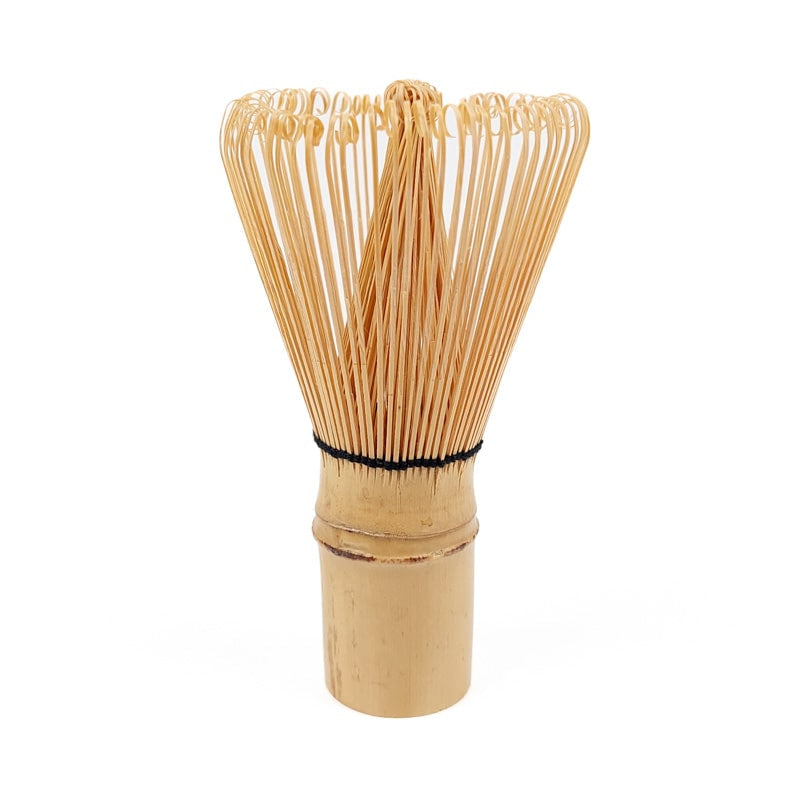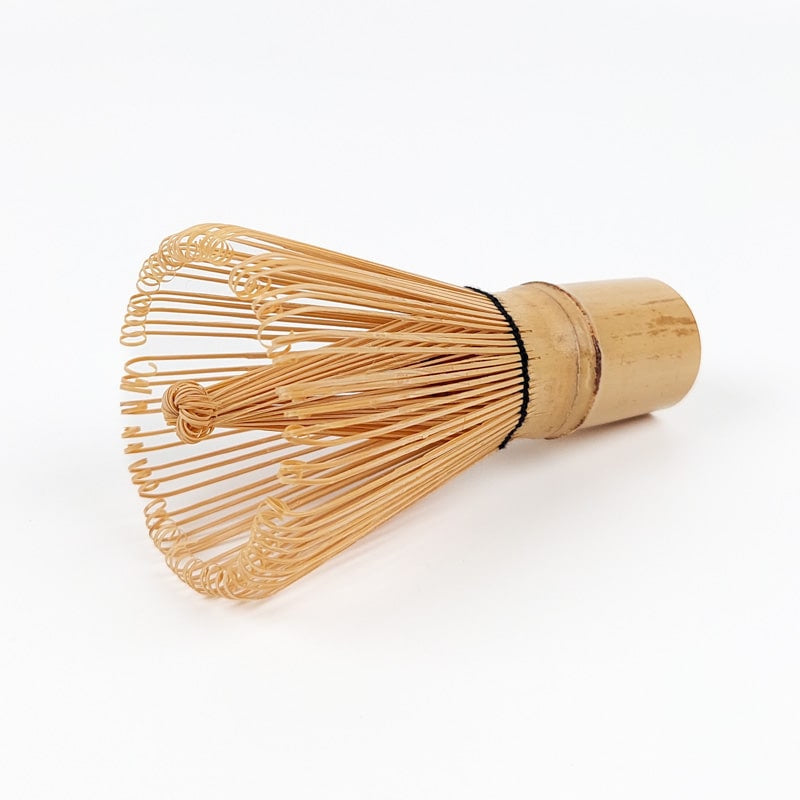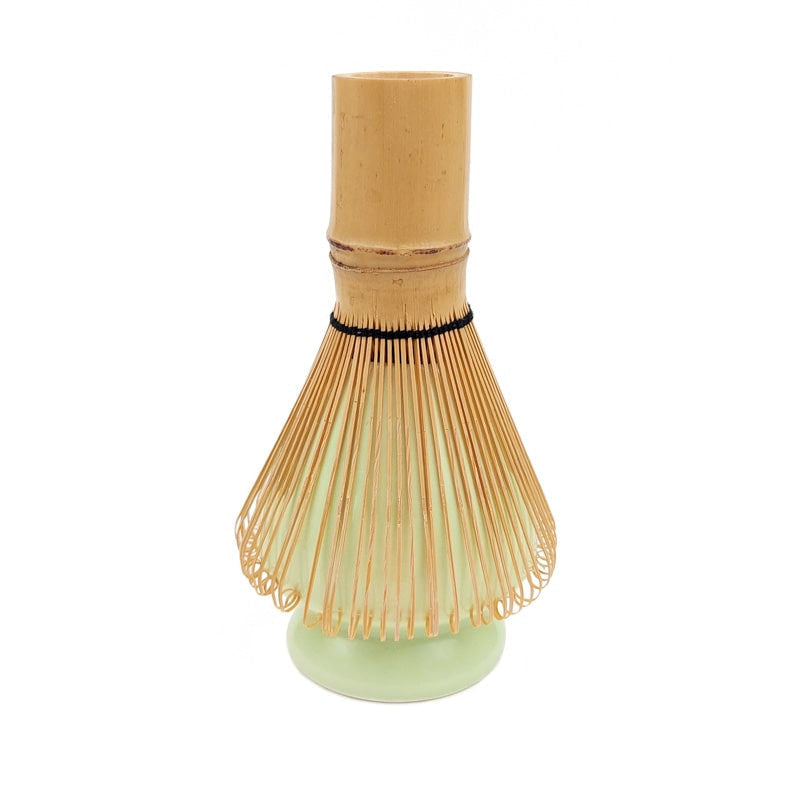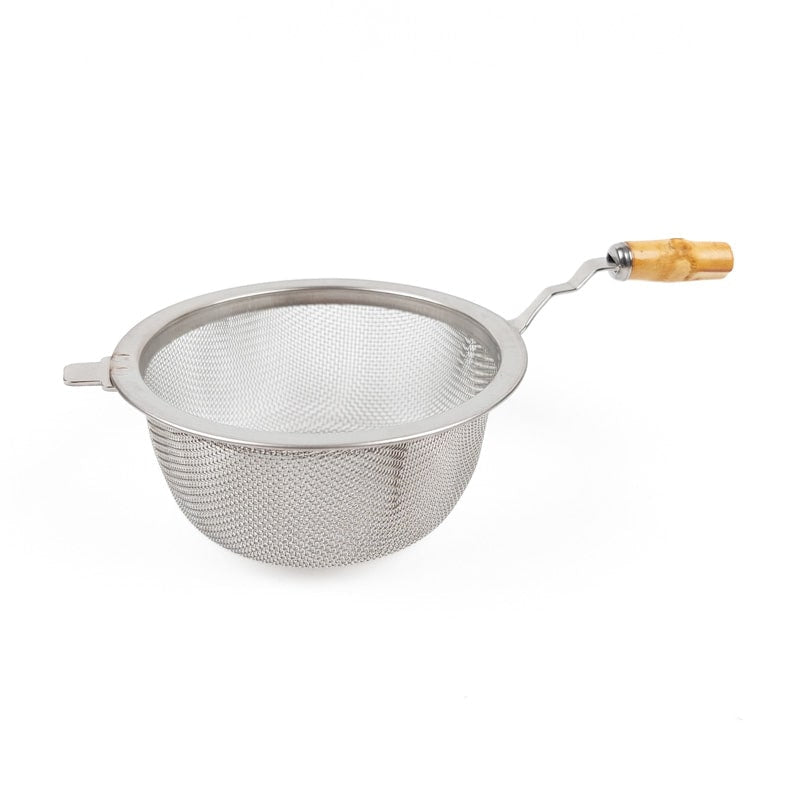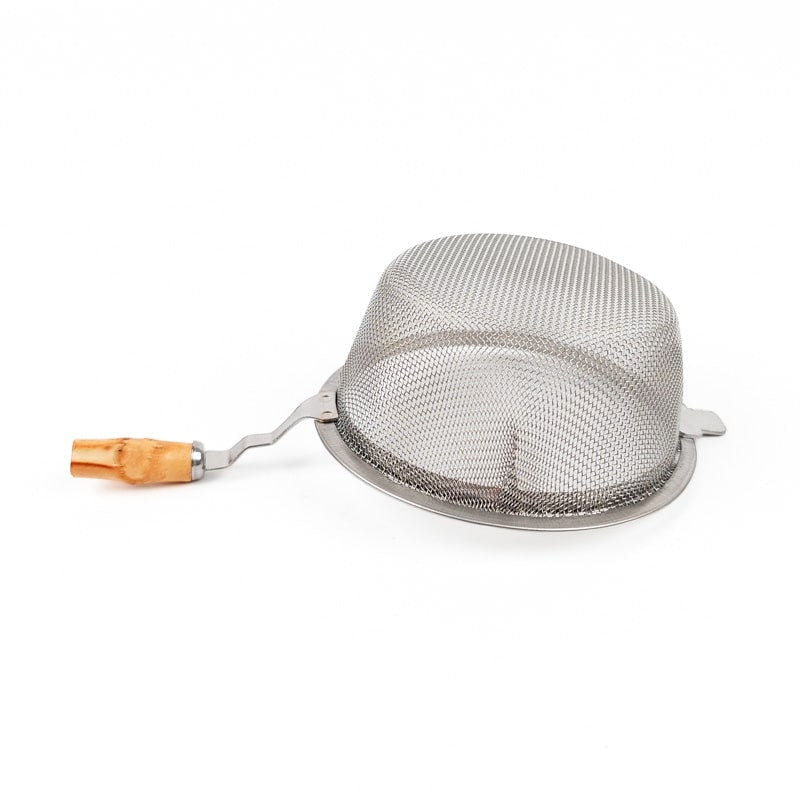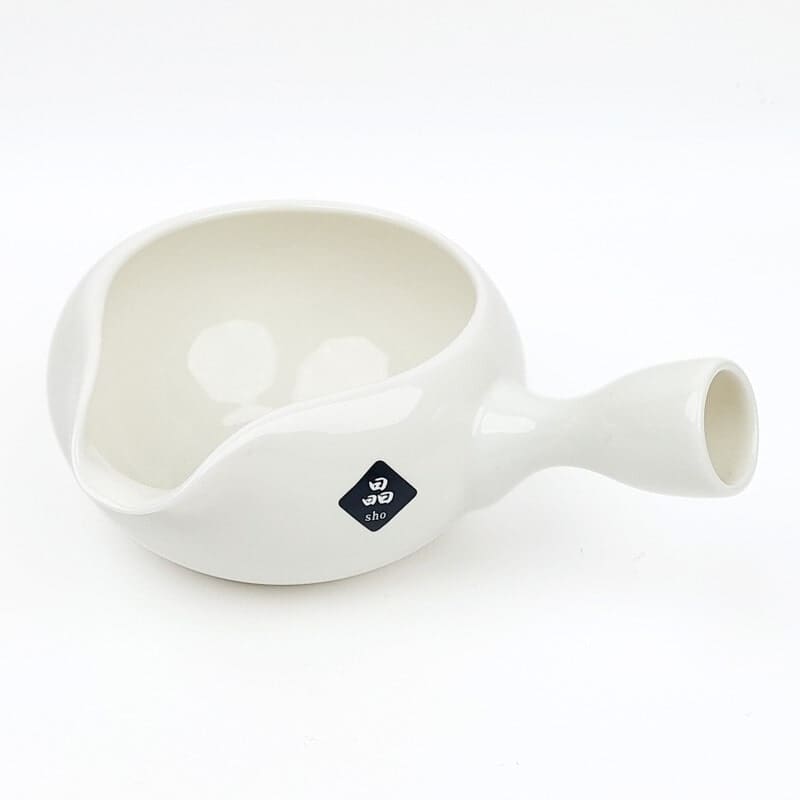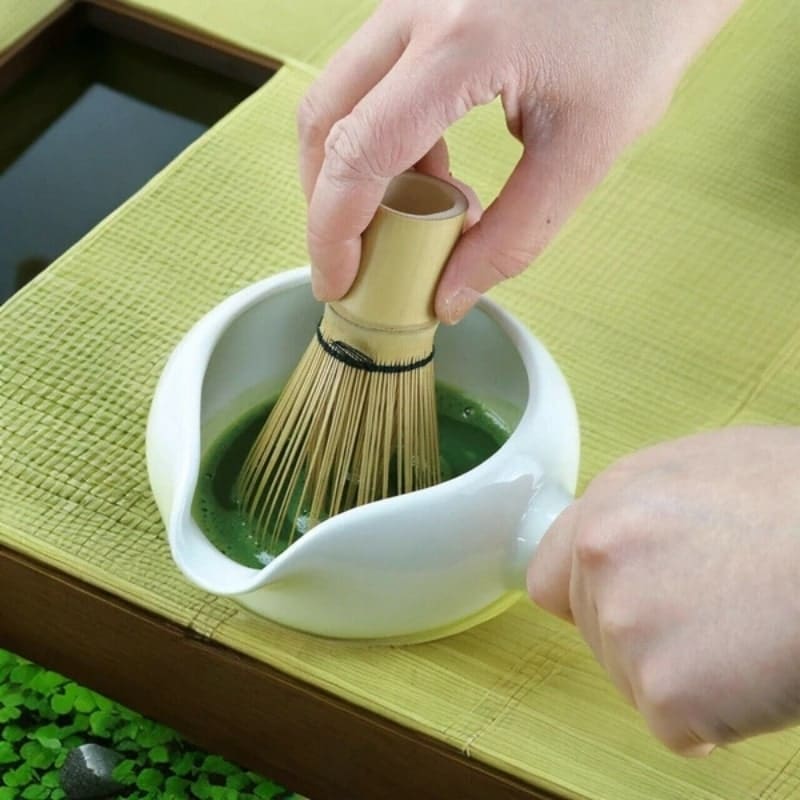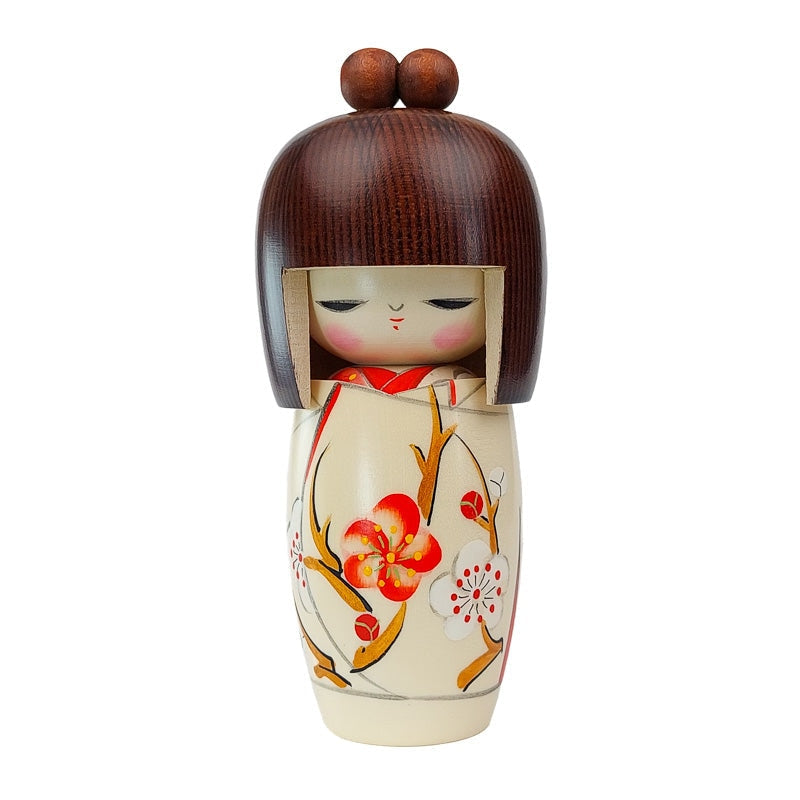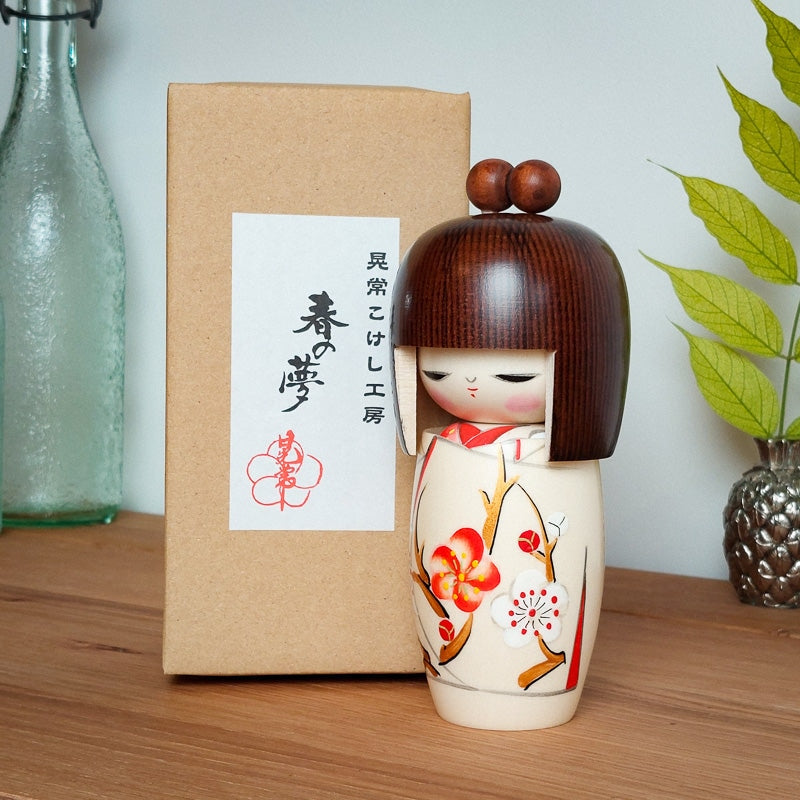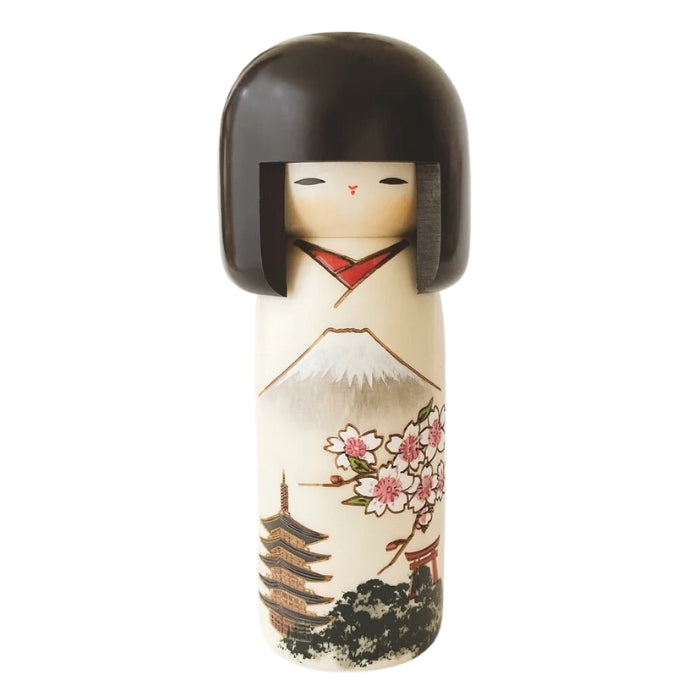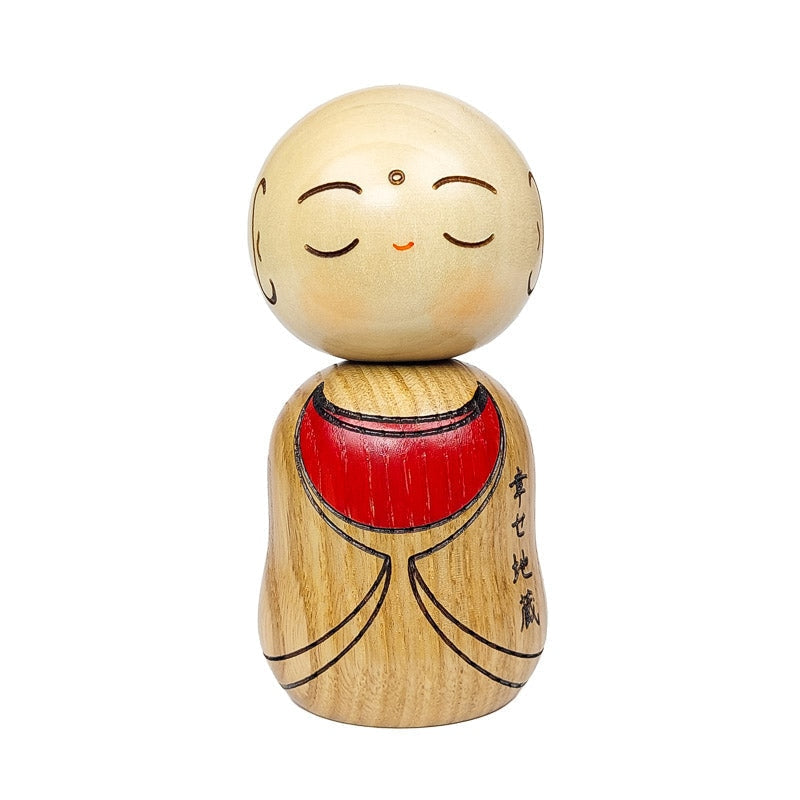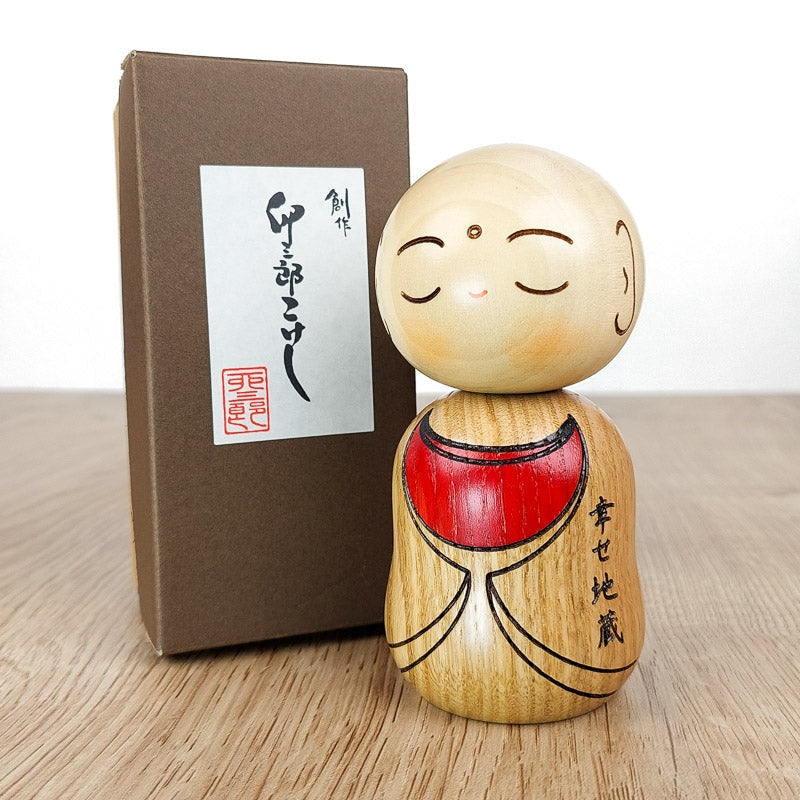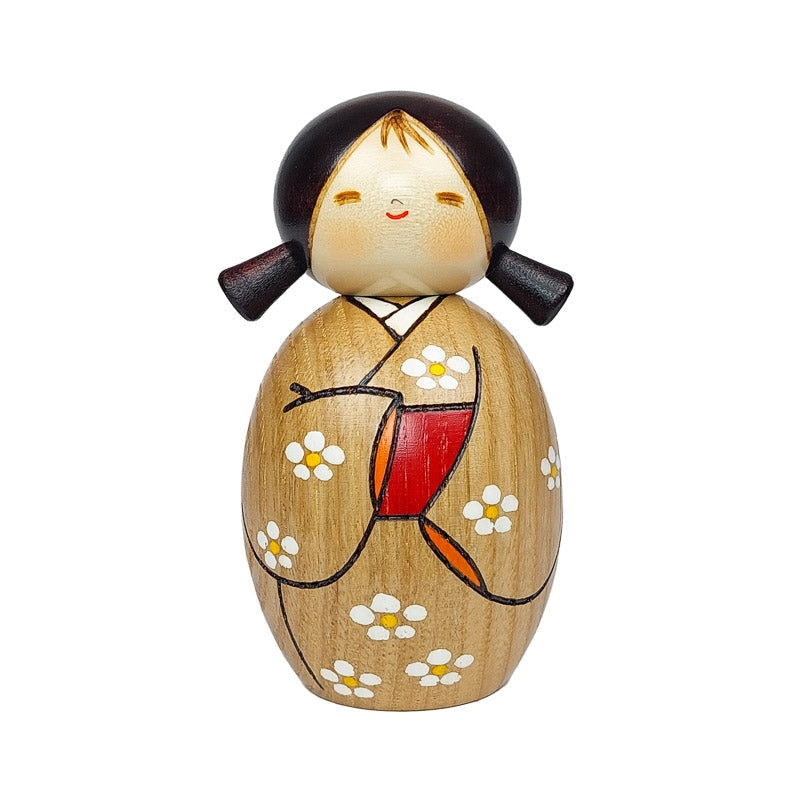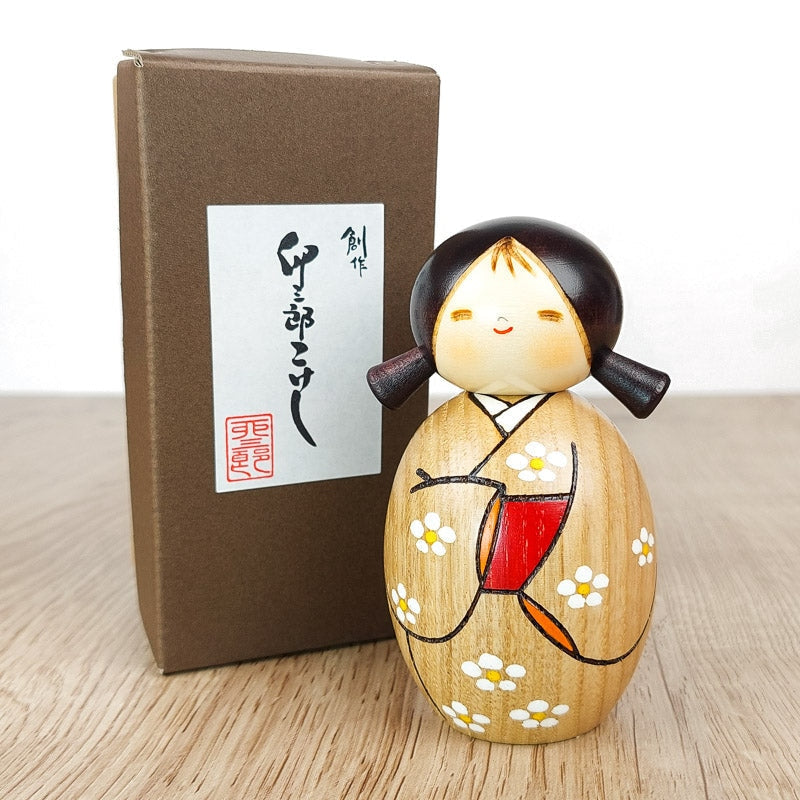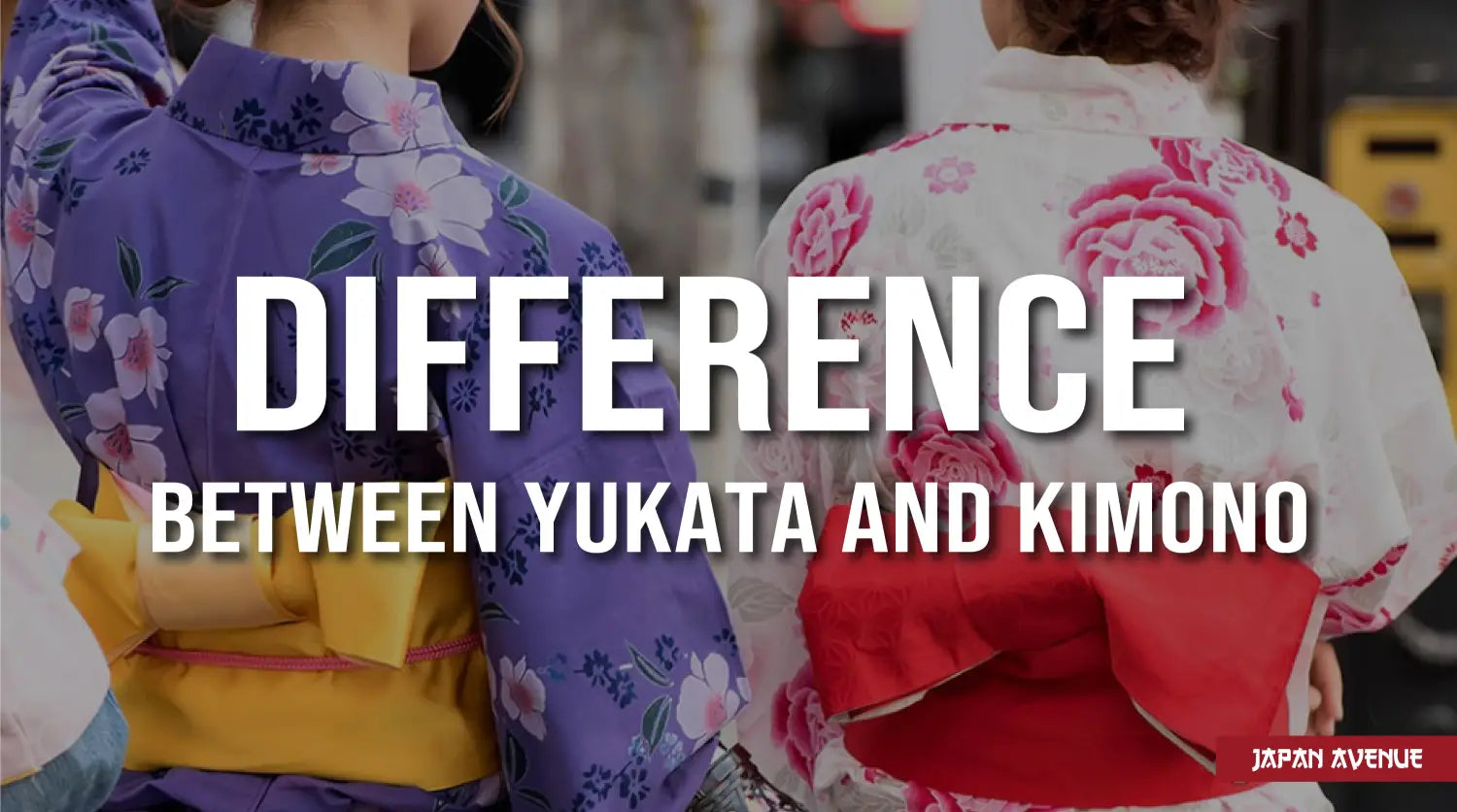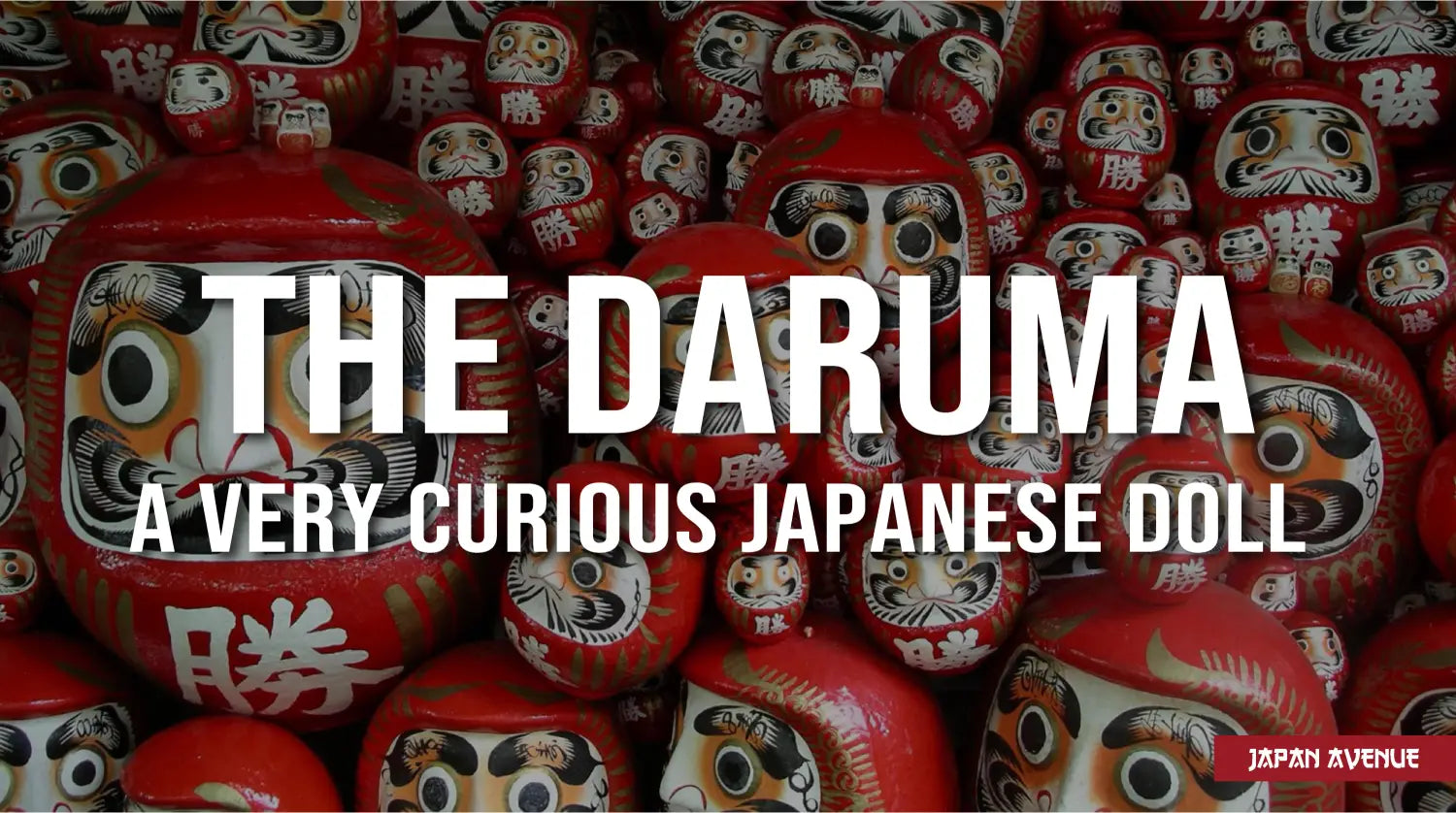Japan is a dream destination, as much for its magnificent landscapes as for its ancestral traditions that fascinate the entire world.
Japanese arts are cultural heritages that have been transmitted for centuries, inspired by Shintoism, Zen Buddhism and some foreign influences.
With an extremely refined local culture, which advocates elegance and respect for traditions, Japanese arts are a source of infinite wisdom. Therefore, they are rich in meaning for those who practice them.
Ikebana, tea ceremony, calligraphy, woodblock prints, tattooing, kintsugi, martial arts... Discover the beauty of Japanese Arts and the philosophy behind them.
The Japanese woodblock prints

Japanese culture values simple things in life and the sacred link between man and nature. Thus, the Japanese woodblock prints were born at the Edo Era, through the artistic movement of ukiyo-e. A movement charged with Buddhist connotations, expressing the impermanence of human life.
These prints were made using woodcutting techniques and most often depicted everyday scenes such as beautiful courtesans, kabuki theater performers, natural elements, fantasy creatures or erotic sequences called shunga. In reality, the chosen subjects were related to the interests of the urban bourgeoisie, which was in full bloom during the Tokugawa shogunate.
The traditionnal art of Japanese prints became particularly popular in the Edo period before running out of steam around the 18th century. In 1790, the political provocations and the ollé-ollé themes are no longer allowed and these prints are censored by the bakufu (military government).
One of the most famous woodblock prints, in Japan and throughout the world, remains The Great Wave off Kanagawa. A masterpiece of the painter Hokusai that perfectly embodies the principles of ukiyo-e art. To learn more about the secrets behind this painting, please check out our article dedicated to the analysis of the artwork The Great Wave off Kanagawa.
At the end of the 19th century, we are confronted with an art form considered vulgar by the Japanese because of the mass printing techniques, the censored themes and the rather banal subjects. However, once the country opened up to the rest of the world and the influence of Japanese art was felt there, the prints seduced many Westerners. As a result, the great Impressionism painters such as Paul Cézanne or Gauguin were inspired by them in their works.
Ikebana, the traditional art of flower arrangement

This art of flower arrangement originates from Buddhist rituals. Flowers were part of the offerings used during religious ceremonies. Later, the floral arrangement took on a more aesthetic dimension and expanded into homes. At the peak of refinement, ikebana is an art that is particularly respected and practiced on a daily basis by the Japanese.
Focused on the harmony of the total presentation, ikebana, which stands for "living flowers", emphasizes not only the flower but also the stem, the foliage and even the vase. There is no need for a well-stocked bouquet with vibrant colors because Japanese floral art favors minimalism.
This highly codified artistic practice is based on 3 principles: lines, asymmetry and simplicity. The beauty of the flowers, the sobriety and the elegance of natural elements are criteria sought for a successful assembly. Each composition represents heaven, earth and humanity.
To create a flower arrangement according to the principles of ikebana, you will need a vase, a flower picker, pruning shears, carefully selected plants and flowers. More than an art, it is a whole philosophy that emerges from the traditional Japanese floral art. Learn more about this ancient practice in our article dedicated to ikebana.
The Japanese tattoo, also known as Irezumi

Decried in Japanese society, the art of Japanese tattooing and Irezumi is a fascinating practice that dates back to prehistory. The first native tribes of the archipelago used to tattoo themselves, as a symbol of social belonging, protection or simply for aesthetical reasons.
In the Edo era, we can distinguish the prisoners' tattoo that marks the criminals, from the honorary tattoo that decorates the bravest. Similarly, Japanese literature and arts strongly contributed to the development of this practice, which was spread in certain professions.
At the end, the yakuza took over the tattoo and left a negative impression of this practice in the Land of the Rising Sun. The Irezumi, whose patterns covered a large part of the body, became the distinctive sign of the mafia. Following this bad reputation, Japan decides to ban the practice of tattooing in 1872. This ban will last until the American occupation following the Second World War.
Despite this unpleasant connotation in the archipelago, Japanese tattoo artists are renowned all over the world and Westerners are crazy about their colorful designs. Koi fish, dragons, cherry blossoms, snakes.... each element has its own meaning according to Japanese mythology and beliefs. Check out our article dedicated to Japanese tattooing and learn more about this ancient practice.
Japanese martial arts

Martial arts are the heritage of the samurai and are a fighting sport full of Zen philosophy. Whether it is the handling of weapons, swords, bows or unarmed combats, they bring a total control of the body and the mind.
Both spectacular and spiritual, the Japanese martial arts are based on Bushido, a morality code for warriors and samurais that advocates a sense of honor, respect, honesty and loyalty. Looking for a new activity that is both healthy for the body and the mind? Judo, karate, aikido... discover the Japanese martial arts.
Japanese calligraphy

Originally from China, the calligraphy is a very important art form in Japanese culture. Writing ideograms using a brush and Chinese ink, dates back to more than 3000 years ago. More than just a means of communication, calligraphy is a fine art by itself.
Besides its aesthetic qualities, the Japanese believe calligraphy has the power to raise consciousness. It is also a form of meditation used by Buddhist monks. Initially, calligraphy was only available to high ranking people and was reserved for the aristocracy. Today, this Japanese art is recognized throughout the world. Each ideogram has a meaning, a spiritual sense and a particular elegance which make calligraphy an art rich in meaning.
The tea ceremony, a highly codified ritual

Unmissable in the Land of the Rising Sun, the tea ceremony, also known as chanoyu, is an ancestral tradition originating from Zen Buddhism. The green tea, called matcha, is prepared and served with refinement and serenity to a small group of guests as a celebration. This drink usually is accompanied by some delicacies (and good manners).
The tea, originating from China, was first enjoyed by Buddhist monks to keep them awake during their meditation sessions. Imported to Japan in the 9th century by the monk Eishu, it was particularly appreciated by aristocrats before it reached all social classes.
Thus, the tea ceremony evolved until the 16th century, particularly inspired by the rituals of the samurai.
The ceremony is a highly codified moment which includes a phase of spiritual preparation by the master of the ceremony, the reception of the guests, the cleaning of the tools, the preparation of the tea, the service and again the cleaning of the tea objects.
The practitioner of chanoyu must be well educated and the guests must be familiar with the gestures, the polite formulas and the appropriate clothing in order to practice the art of the tea ceremony.
So, if you want to enjoy an excellent matcha and experience something unique, check out how to prepare yourself for a tea ceremony.
Kintsugi, the art of Japanese repair

The art of repairing broken ceramics is a specialty of Japanese lacquer specialists. This technique of repairing with lacquer and gold powder is an activity that requires a lot of patience and meticulousness. Very beneficial for the spirit, this technique symbolizes healing and rebirth.
This restorative art is in line with the Japanese philosophy of Wabi-Sabi which sees beauty in simple and imperfect things. Kintsugi enhances cracked objects to give them a second life, it is appreciated to the point that many practitioners break valuable vases and porcelain sets in order to get them restored.
Do you enjoy manual and spiritual artistic activities? Learn more about the art of kintsugi.
Traditional Japanese theater

Inspired by Japanese legends and mythology, traditional Japanese theater is a real must-see event in Japan. The actors are wearing masks, make-up and very typical costumes. These represent characters, ghosts, fantasy creatures or demons.
Noh and Kabuki are the two main forms of traditional Japanese theater. The first one is characterized by a poetic style with an orchestra, slow scenes and beautiful dances and songs. The actors wear wooden masks whose expression varies according to the inclination and the light. The lyrical register of Noh theater is based on the spirit of the samurai and on emotions.
Kabuki theater is the popular and extravagant form that evokes legends and epic stories. On stage, actions are intertwined with dramas and religious dances. In addition to the exaggerated gestures, the characters and special effects are numerous. Note that some actors are real celebrities in Japan.
Traditional Japanese dolls

True objects of fascination in the archipelago, the traditional Japanese dolls are found in many homes. These painted and lacquered wooden sculptures take their origins in the northeast of the archipelago, more than 150 years ago. They are very recognizable with their round heads and cylindrical bodies adorned with flowers and geometric patterns.
Used as decorative objects, religious sculptures, charms, or simply as toys for children, Japanese dolls have many different roles in homes. They are also believed to have healing powers and many virtues. In a less joyful context, some dolls were used as statuettes in memory of children who were killed during the famine. However, other dolls are real talismans to maintain the offspring in good health. Daruma, Hina, Musha... Discover the traditional dolls, very famous in Japan.
Japanese patterns and their meanings

Present on the fabrics of kimonos, yukatas, and many other Japanese objects, traditional Japanese patterns are filled with unique symbolism. Hemp leaves, bird feathers, shark skin, waves, turtle scales, climbing plants and other typical Japanese geometric patterns... they all have their own history and meaning. Some are inspired by superstition or fashion, others are used as a sign of distinction by people of high rank.
Did you know that the Asanoha that adorns babies' clothes is supposed to bring them strength and stimulate their growth? The Kikko is a sign of good luck and ensures longevity. Learn more about the different styles and meanings of Japanese patterns.
Samurai, actors of art

Warrior figures of the medieval period in Japan, the samurai left an important legacy in the Japanese culture and particularly in the martial arts. In addition to wielding weapons and warrior arts to perfection, their way of life was based on the principles of Zen Buddhism.
This caste cultivated the art of refinement by enjoying simple pleasures of life and appreciating the beauty of each moment. Thus, many arts were carried by these warriors: the Noh theater, calligraphy, tea ceremonies and decorative arts are some examples. Immerse yourself in the exciting world of samurai.
Geishas, guardians of traditional arts

"Geisha" means "arts person" in the Japanese language. These women, endowed with elegance and a sense of refinement, master the Japanese arts to perfection.
Highly respected in Japan, geishas are the guardians of tradition in the Land of the Rising Sun. Their talents are the result of a long apprenticeship and a total dedication to the traditional values of Japan. Music, singing, dancing, poetry and tea ceremonies are part of their daily life. Discover the mysterious world of geisha and their role in the preservation of Japanese arts.
Western fascination for Japanese arts

After the introduction of Japan to the Western world in 1854, Europeans discovered a whole new culture, both rich and fascinating. The traditional Japanese art then greatly influenced many artists and resulted in a new artistic movement, Japonism. On the image above, two artworks are placed in parallel and there are many similarities. On the left, a print by the famous Japanese painter Hokusai and, on the right, a painting by Claude Monet at Cap d'Antibes.
Traditional Japanese arts are fascinating as they are so different from our culture. They have been inspiring artists for centuries for their beauty, their refinement, the values they transmit and, above all, their overflowing spirituality. In Japan, art is not just about aesthetics but also about philosophy.

